Vajracharya Priest’s Crown, Early Malla period, 13th–early 14th century, Nepal
Vajracharya Priest’s Crown, Early Malla period, 13th–early 14th century, Nepal. Gilt-copper alloy inlaid with semiprecious stones, lapis lazuli, and turquoise. H. 12 in. (30.5 cm); W. 9 in. (22.9 cm); D. 8 1/4 in. (21 cm). Gift of Barbara and David Kipper, 2016; 2016.408 © 2000–2017 The Metropolitan Museum of Art.
Elaborate crowns such as this were worn by Vajracarya priests, the highest rank in the Nepalese Buddhist community. The conical crown is unique to Newari Buddhism and embodies a memory of older and now lost Indian Buddhist practices. The term Vajracarya denotes both a caste and a family name, and the designation entitles its holders to perform reserved priestly functions, analogous to the privileges held by Brahmans in Hinduism. This crown is exceptional in its complexity: It is dominated by a series of diadem plaques depicting emanations of the wisdom bodhisattva Manjushri, benign and wrathful. All is surmounted by a five-pronged thunderbolt scepter, or vajra. This unique iconography points to the crown being designed for enacting rites dedicated to invoking Manjushri.
New York. The Metropolitan Museum of Art. "The Arts of Nepal and Tibet: Recent Gifts," January 16, 2016–January 15, 2017.

/https%3A%2F%2Fprofilepics.canalblog.com%2Fprofilepics%2F1%2F0%2F100183.jpg)
/https%3A%2F%2Fstorage.canalblog.com%2F03%2F02%2F119589%2F96711876_o.jpg)
/https%3A%2F%2Fstorage.canalblog.com%2F11%2F31%2F119589%2F94773502_o.jpg)
/https%3A%2F%2Fstorage.canalblog.com%2F20%2F83%2F119589%2F94772815_o.jpg)
/https%3A%2F%2Fstorage.canalblog.com%2F26%2F72%2F119589%2F75604929_o.jpg)
/https%3A%2F%2Fstorage.canalblog.com%2F59%2F60%2F119589%2F26458628_o.jpg)

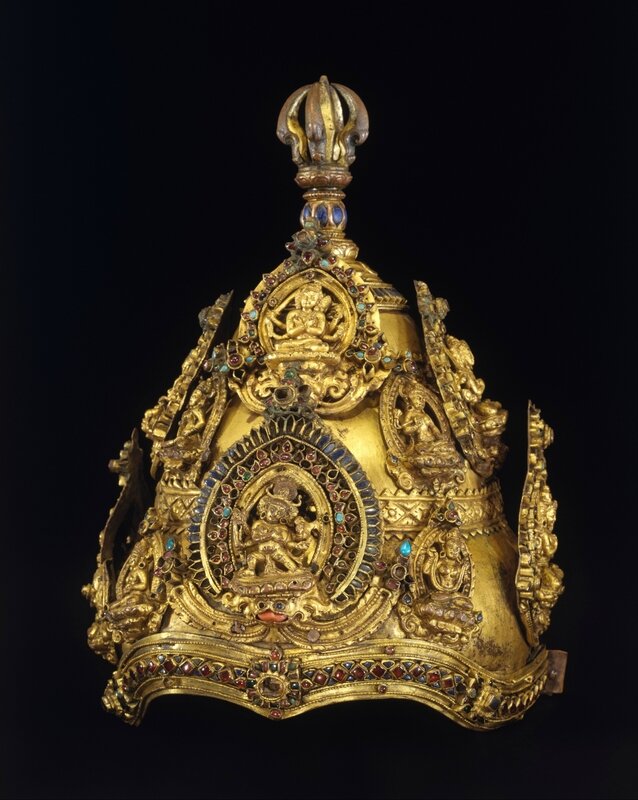
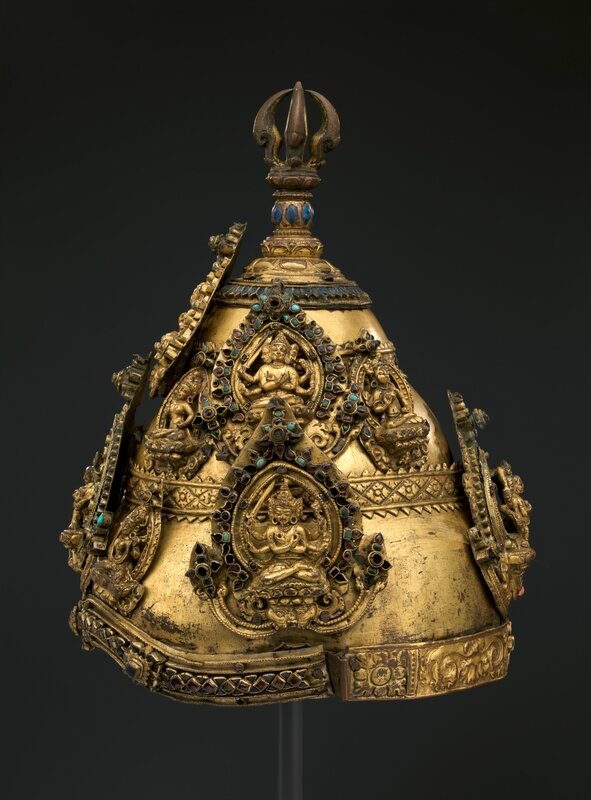
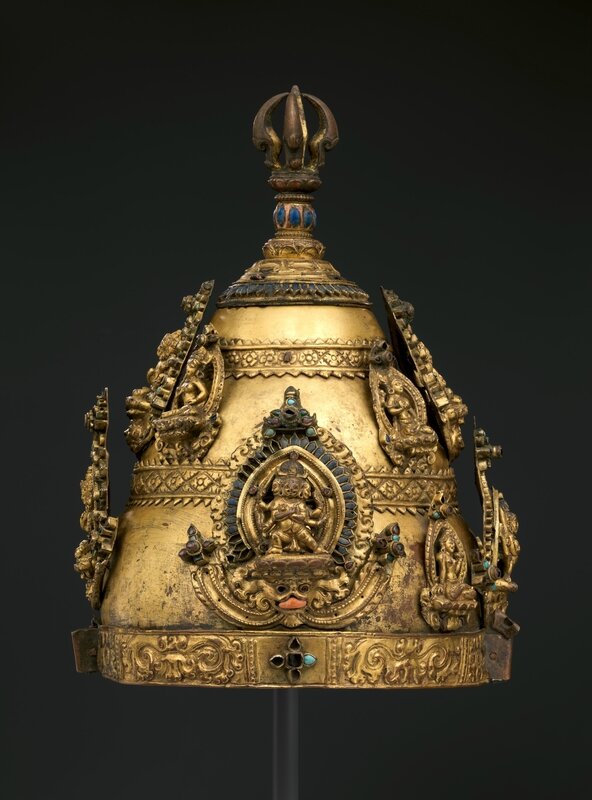


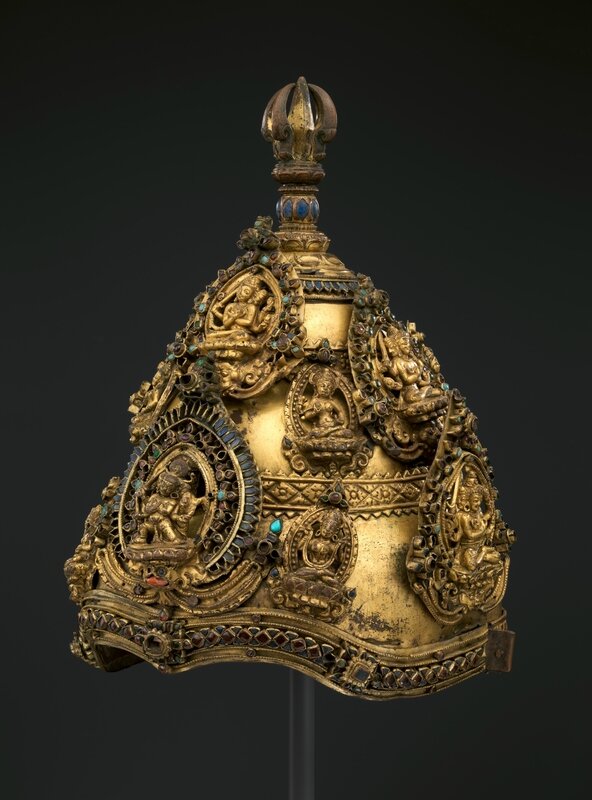
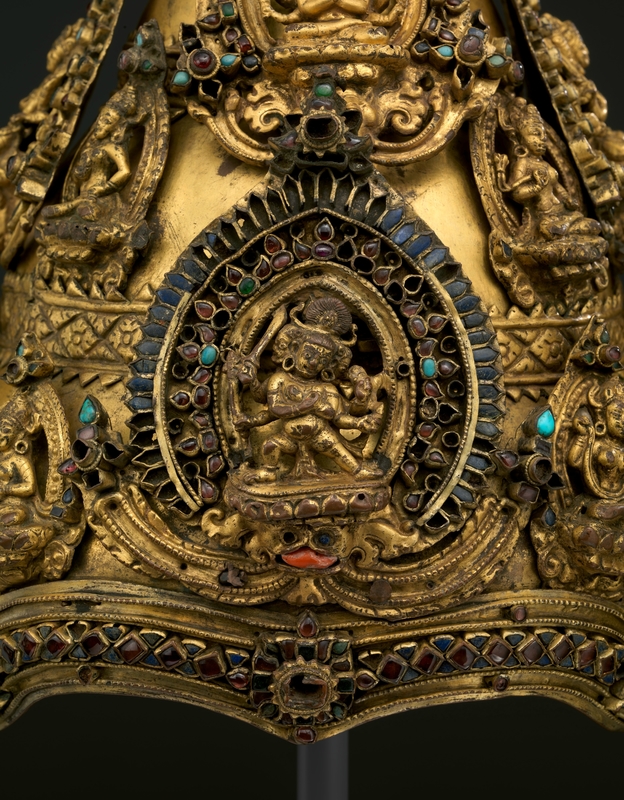



/http%3A%2F%2Fstorage.canalblog.com%2F74%2F94%2F119589%2F128705688_o.jpg)
/http%3A%2F%2Fstorage.canalblog.com%2F56%2F88%2F119589%2F127649882_o.jpg)
/http%3A%2F%2Fstorage.canalblog.com%2F41%2F75%2F119589%2F126978834_o.jpg)
/http%3A%2F%2Fstorage.canalblog.com%2F08%2F51%2F119589%2F126856859_o.jpg)